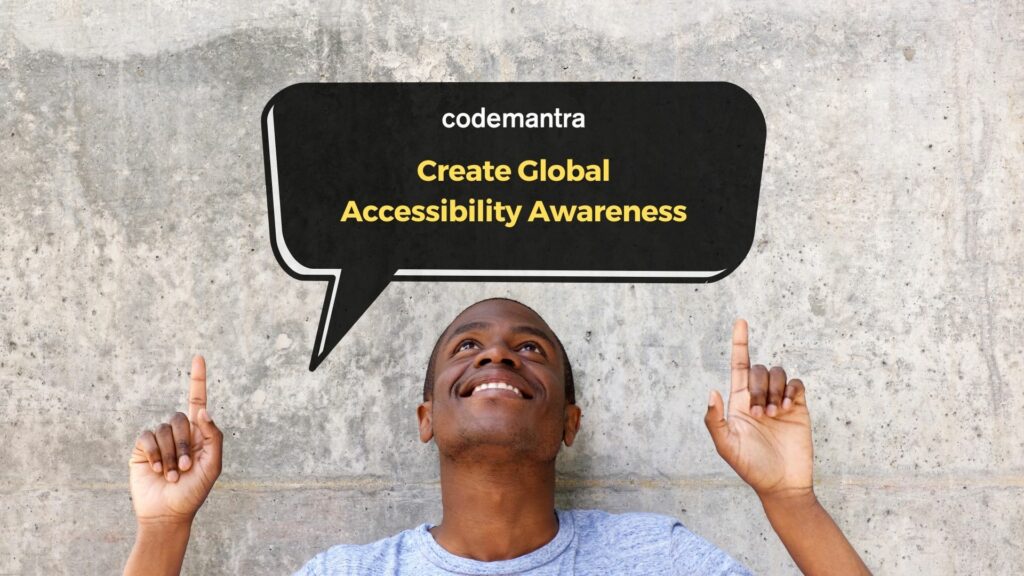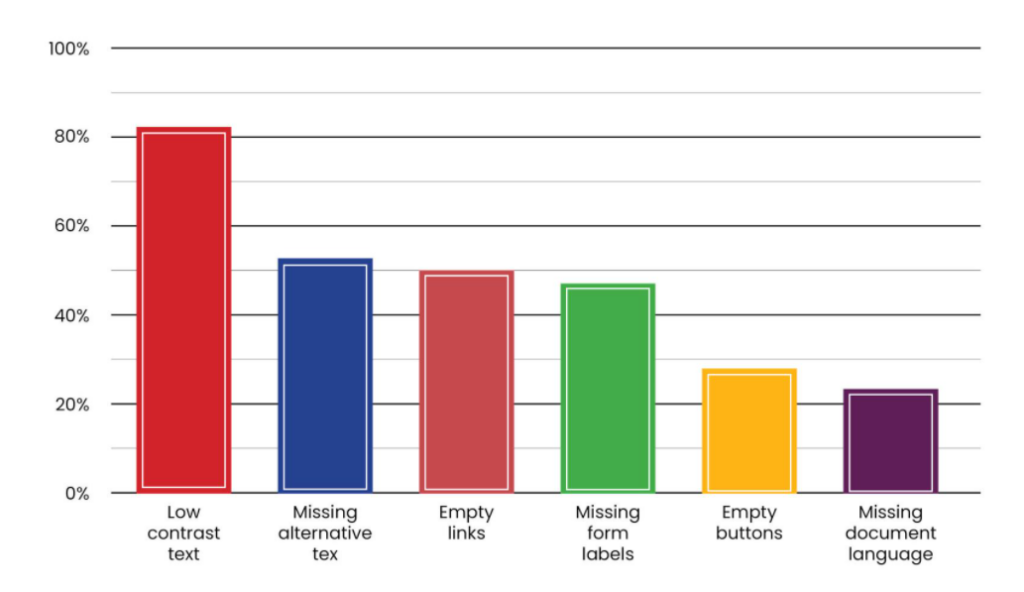
“The one argument for accessibility that doesn’t get made nearly often enough is how extraordinarily better it makes some people’s lives. How many opportunities do we have to dramatically improve people’s lives just by doing our job a little better?”
– Steve Krug
Introduction
The 11th Global Accessibility Awareness Day (GAAD) is being celebrated across the world today, Thursday, May 19, 2022. The main purpose of GAAD is to create an awareness and discussion around digital accessibility. The objective is to include more than 1 billion people around the world who have a disability or impairment that rely on accessibility.
Global Accessibility Awareness Day (GAAD) was launched in May 2012 and is observed every third Thursday in May. It was originally inspired by a blog written by a web developer, Joe Devon in 2011, targeting developers, to work together to bridge the accessibility gap by raising awareness.
What is Digital Accessibility?
Every person deserves an accessible web experience. Someone with a disability must be able to experience web-based services and consume online content with the same positive outcome as those without disabilities.
State of Accessibility
In February 2022, WebAIM analyzed one million home pages for accessibility issues and found the following:
- 96.8% of home pages had detected WCAG 2.0 failures.
- 50,829,406 distinct accessibility errors were detected—an average of 50.8 errors per page.
Here is a chart highlighting the home pages with most common WCAG failures (% of home pages)

Home pages with most common WCAG 2.0 failures

Population affected by Inaccessibility

More than 1 Billion People worldwide have some type of disability.
– World Health Organization
The most common disabilities are:
- Vision
- Hearing
- Motor
- Cognitive
Here are some of the common accessibility issues that you can fix today to remove barriers and unlock the possible
- Low Text Contrast: Ensure text and images of text have a contrast ratio of 4:5:1 and large-scale text have a contrast ratio of at least 3:1.
- Missing Alternate Text: All images require descriptive alternate text.
- Missing Form labels: Form inputs require proper meaningful labels.
- Missing Headings: Ensure tagged heading levels that can be read by screen readers.
- Ambiguous Links and buttons: Navigation links and buttons must be concise and free of ambiguity.
- Language: Ensure the language is specified on a web page or document.
- Missing Focus States: All interactive elements that require a focus state on a web page must be assigned with a focus state.
- Missing captions and transcriptions: Accessible multimedia (visual and auditory content that is synchronized) must include captions which are text versions of speech and transcripts.
- Keyboard Only navigation: It must be facilitated on web pages for easier navigation and user-specific needs.
Whom does this benefit?
- People who are blind need alternative text descriptions for meaningful images and use the keyboard and not a mouse to interact with interactive elements.
- People who are deaf or hard of hearing will need captioning for video presentations and visual indicators in place of audio cues.
- People with motor impairments may need alternative keyboards, eye control or some other adaptive hardware to help them type and navigate on their devices.
- An uncluttered screen, consistent navigation and the use of plain language would be useful for people with different learning disabilities/impairments.
Conclusion
If we look at the progress made on accessibility over the past decade, it leaves a lot to be desired. But if each one of us, whether a designer, developer, tester or user, took it upon themselves to advocate, raise awareness, educate about accessibility, then we’re that much closer to a more inclusive future!If we look at the progress made on accessibility over the past decade, it leaves a lot to be desired. But if each one of us, whether a designer, developer, tester or user, took it upon themselves to advocate, raise awareness, educate about accessibility, then we’re that much closer to a more inclusive future!
From all of us at codemantra, Happy Global Accessibility Awareness Day!







